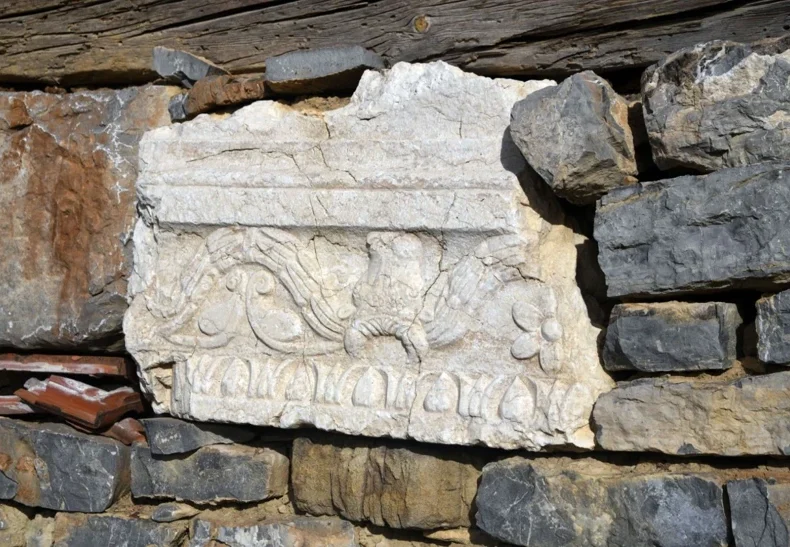
Villagers Used Stones from a Zeus Temple to Build Their Homes
In northern Anatolia, the remains of an ancient Roman sanctuary have resurfaced in a way few would expect. In the Daday district of Kastamonu, villagers once took stones from a temple dedicated to Zeus and reused them in the construction of their homes, embedding fragments of a sacred monument into everyday domestic architecture. The site
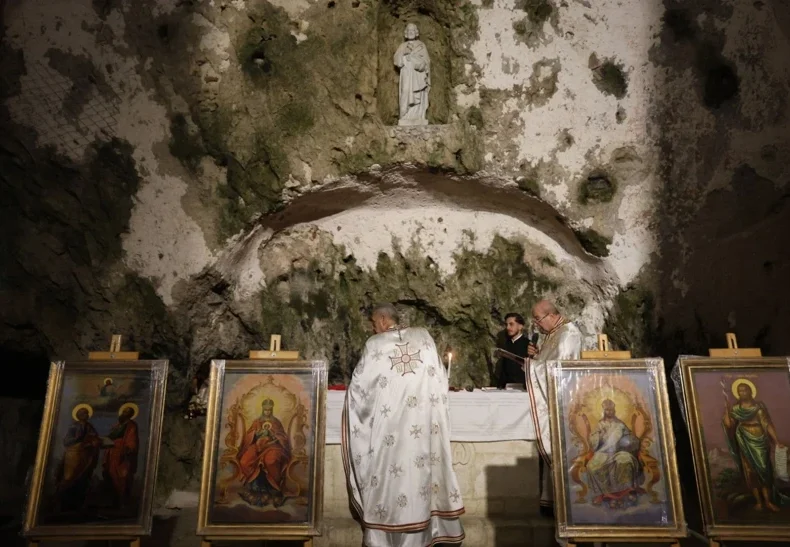
Christmas Liturgy Held at the World’s Oldest Cave Church in Antakya
A Christmas liturgy was held at Saint Pierre Church, a site widely regarded as the world’s oldest cave church and one of the most important landmarks of early Christianity. Located on the slopes near Habib-i Neccar Mountain in Antakya, the ancient sanctuary once again became a place of worship, linking present-day religious practice with the
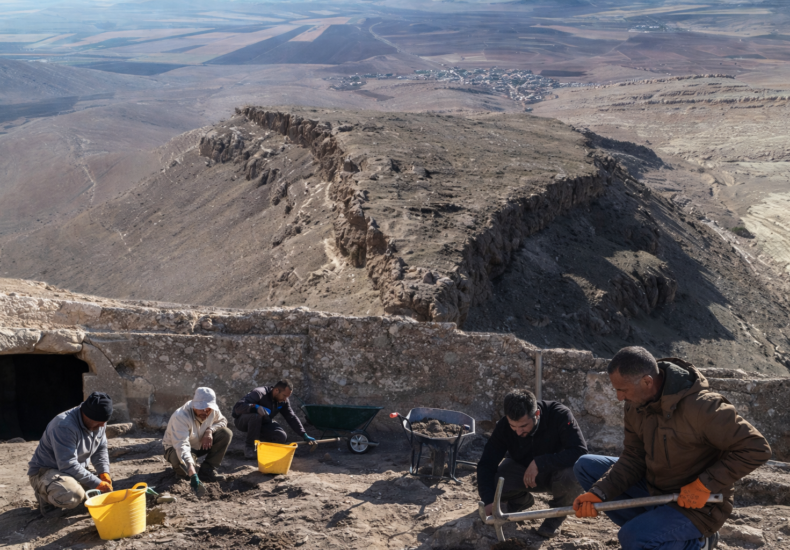
Excavations Begin at the Late Roman Rabat Castle Built to Protect Key Trade Routes
Archaeological excavations have begun at Rabat Castle, a Late Roman–period stronghold rising 955 meters above sea level in the Derik district of Mardin. Spreading across roughly 5.5 hectares, the fortress occupies a commanding position overlooking routes that once connected Anatolia with Upper Mesopotamia. Archaeological assessments indicate that Rabat Castle was constructed during the Late Roman
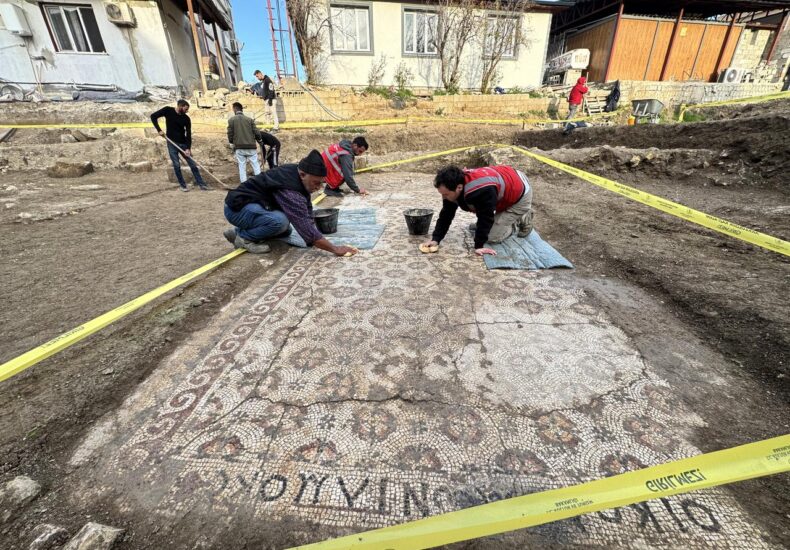
Greek-Inscribed Late Antique Mosaic Unearthed in Türkiye’s Hatay Province
A Late Antique floor mosaic bearing a Greek inscription has been uncovered in southern Türkiye’s Hatay province during foundation excavation work at a site severely damaged by the February 6, 2023 earthquakes. The discovery once again highlights the extraordinary archaeological depth of Antakya, ancient Antioch, even amid large-scale post-disaster reconstruction. The mosaic was found in
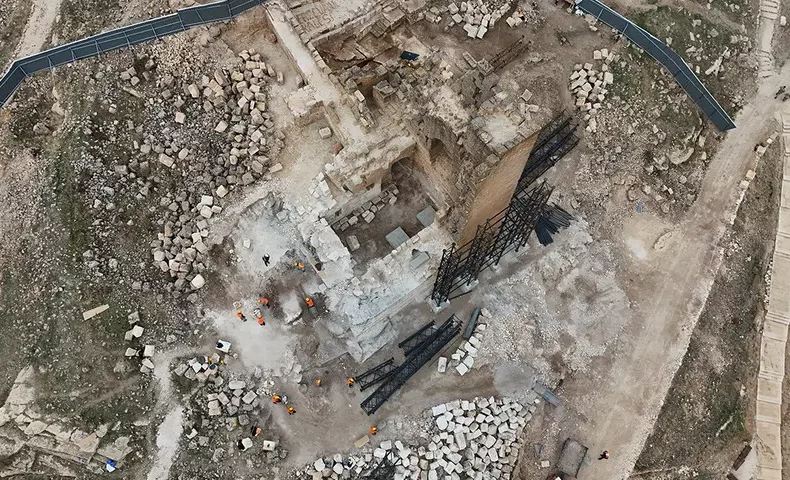
Restoration Works to Expand at Zerzevan Castle, the Easternmost Garrison of the Roman Empire
Restoration efforts are set to enter a new phase at Zerzevan Castle, one of the most strategically significant military installations on the eastern frontier of the Roman Empire. While conservation work continues at the southern tower and the large basilica, plans are in place to extend restoration next year to the underground church, the Mithras
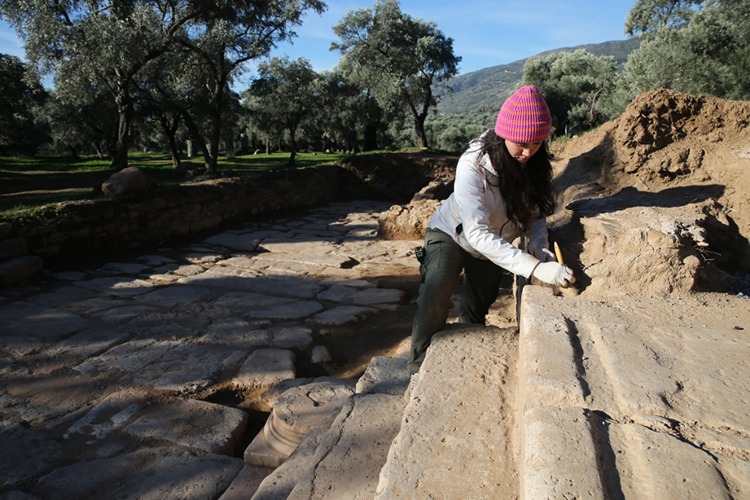
At Nysa, the Road to Knowledge Emerges Again: 1,800-Year-Old Steps to a Roman Library Revealed
In the early hours of the excavation season, as the soil was carefully lifted from a Roman street in western Anatolia, a forgotten route resurfaced — one that once led directly to knowledge itself. At Nysa Ancient City, archaeologists have uncovered a set of marble steps dating back roughly 1,800 years, revealing how ancient visitors
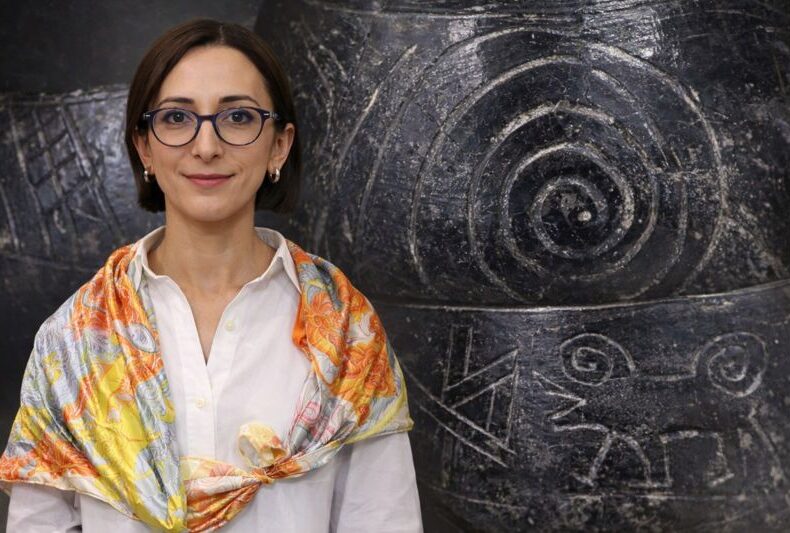
Symbols Beyond Decoration: New Research Decodes the Visual Language of Karaz Pottery
At first glance, Karaz pottery looks restrained—almost austere. Dark surfaces. Limited color. Repeating forms.But that first impression is deceptive. Look closer, and those vessels begin to speak. According to a new doctoral study, the motifs covering Karaz ceramics were not added merely to decorate everyday objects. They formed a visual language, developed and understood within
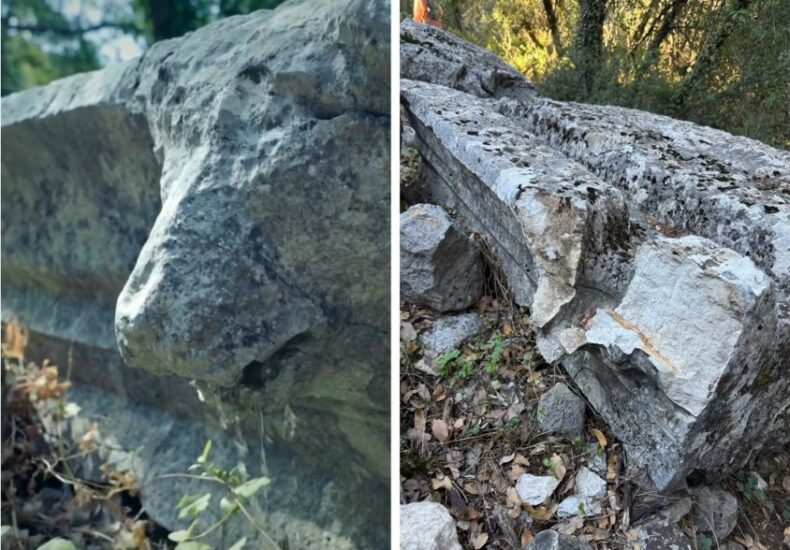
2,000-Year-Old Lion-Headed Gargoyle Damaged at Termessos, the City Alexander the Great Could Not Conquer
At the ancient city of Termessos, one of the most dramatic mountain strongholds of ancient Anatolia, a 2,000-year-old lion-headed gargoyle has been found broken, raising renewed concerns about the protection of archaeological heritage sites in Türkiye. Located at an altitude of around 1,150 meters in the Taurus Mountains near Antalya, Termessos is famously known as
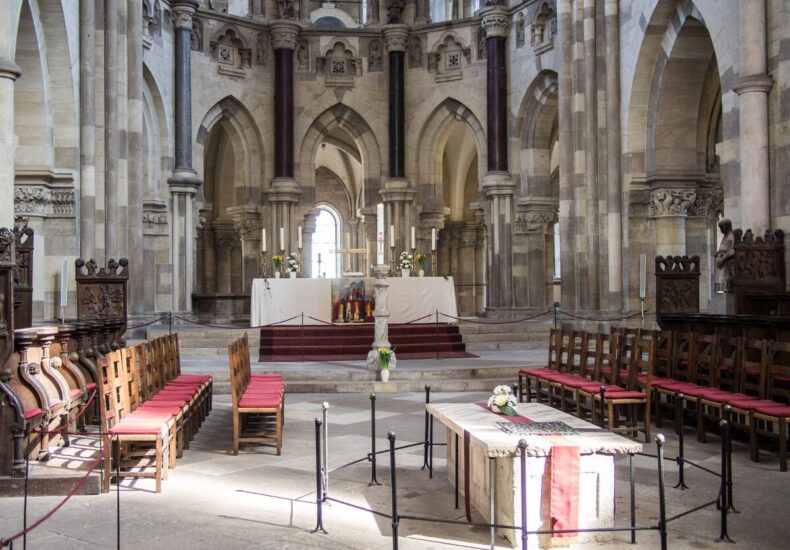
Not Italian, but Anatolian: The Marble of Otto the Great’s Sarcophagus Traced to Marmara Island
For centuries, the monumental tomb of Otto I, known as Otto the Great, has stood at the heart of Magdeburg Cathedral as one of Europe’s most powerful symbols of medieval authority. Now, new scientific analyses have revealed that a crucial element of this imperial monument is not European at all, but Anatolian in origin. Experts
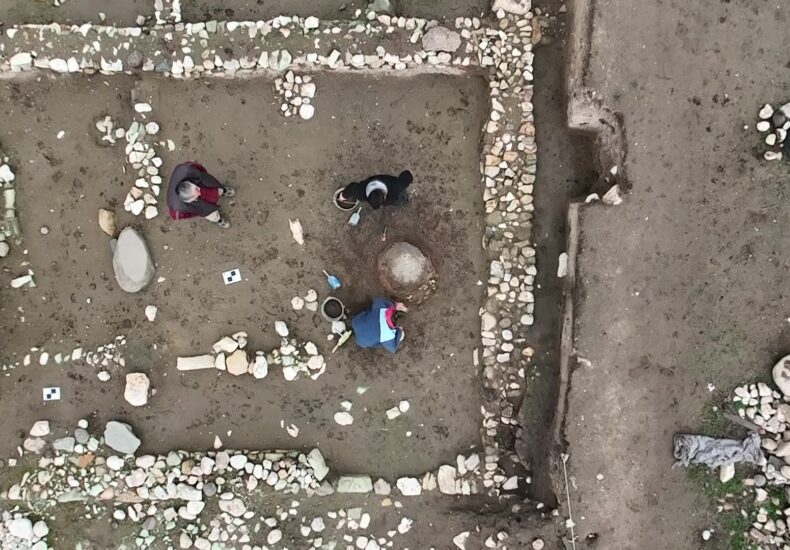
A 2,600-Year-Old Persian-Era Tandoor Discovered at Oluz Höyük by Turkish Archaeologists
Buried just beneath the floor of an ancient domestic space at Oluz Höyük in northern Türkiye, a clay-built oven has resurfaced with a familiar shape. Despite being 2,600 years old, the structure looks strikingly similar to the tandoors still used in Anatolian kitchens today—an architectural continuity that spans millennia. The discovery was made during the
